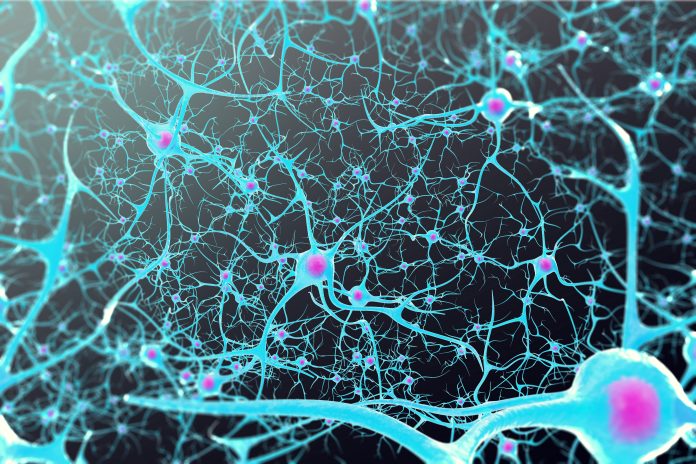
Previous research has shown that astrocytes may release one or more toxic factors that contribute to motor neuron death. Now, a new mouse study demonstrates how astrocytes release an inorganic polyphosphate (polyP) in people with amyotrophic lateral sclerosis (ALS) and frontotemporal dementia (FTD) that contributes to motor neuron death.
Their findings are published in the journal Neuron.
“Non-cell-autonomous mechanisms contribute to neurodegenerative diseases such as ALS and FTD, in which astrocytes release unidentified factors that are toxic to motoneurons (MNs),” the researchers wrote. “We report here that mouse and patient iPSC-derived astrocytes with diverse ALS/FTD-linked mutations (SOD1, TARDBP, and C9ORF72) display elevated levels of intracellular polyP, a ubiquitous, negatively charged biopolymer.”
“We are encouraged by these early results,” said Robert H. Brown Jr., DPhil, MD, professor of neurology and the Leo P. and Theresa M. LaChance chair in medical research at University of Massachusetts (UMass) Chan Medical School. “These findings provide an entirely new perspective on ALS pathogenesis, raising exciting hypotheses and possibilities both for disease biomarkers and for therapeutic targets.”
ALS and FTD are characterized by the degeneration of motor neurons in the spinal cord and frontal lobes, but the causes of this neurotoxicity have remained a mystery.
The toxic factor, called polyP, is a ubiquitous negatively charged inorganic biopolymer present in the cells of all living organisms, from bacteria to mammals. These polyphosphates perform numerous functions in cells: energy storage, formation of membrane channels, gene activity control, regulation of enzymes, and stress response.
“The biggest surprise from our study is that the toxic factor is not a novel or rare protein or peptide, but rather a very simple inorganic molecule that is found in every tested cell type in nature and conserved across more than three billion years of evolution,” said Brigitte van Zundert, PhD, adjunct professor of neurology at UMass Chan and corresponding author on the study.
An important finding of the research is that human cerebrospinal fluid samples from familial and sporadic ALS cases revealed increased polyP concentrations.
“The study shows that exposure of spinal cord neurons to polyP reproduced the toxic effects of media from ALS astrocyte cultures, causing hyperexcitability, increased Ca2+ flow into neurons, and enhanced motoneuron death,” said van Zundert. “Our findings strongly encourage the view that lowering polyP levels extracellularly may be an innovative therapeutic strategy for diverse types of ALS/FTD.”













